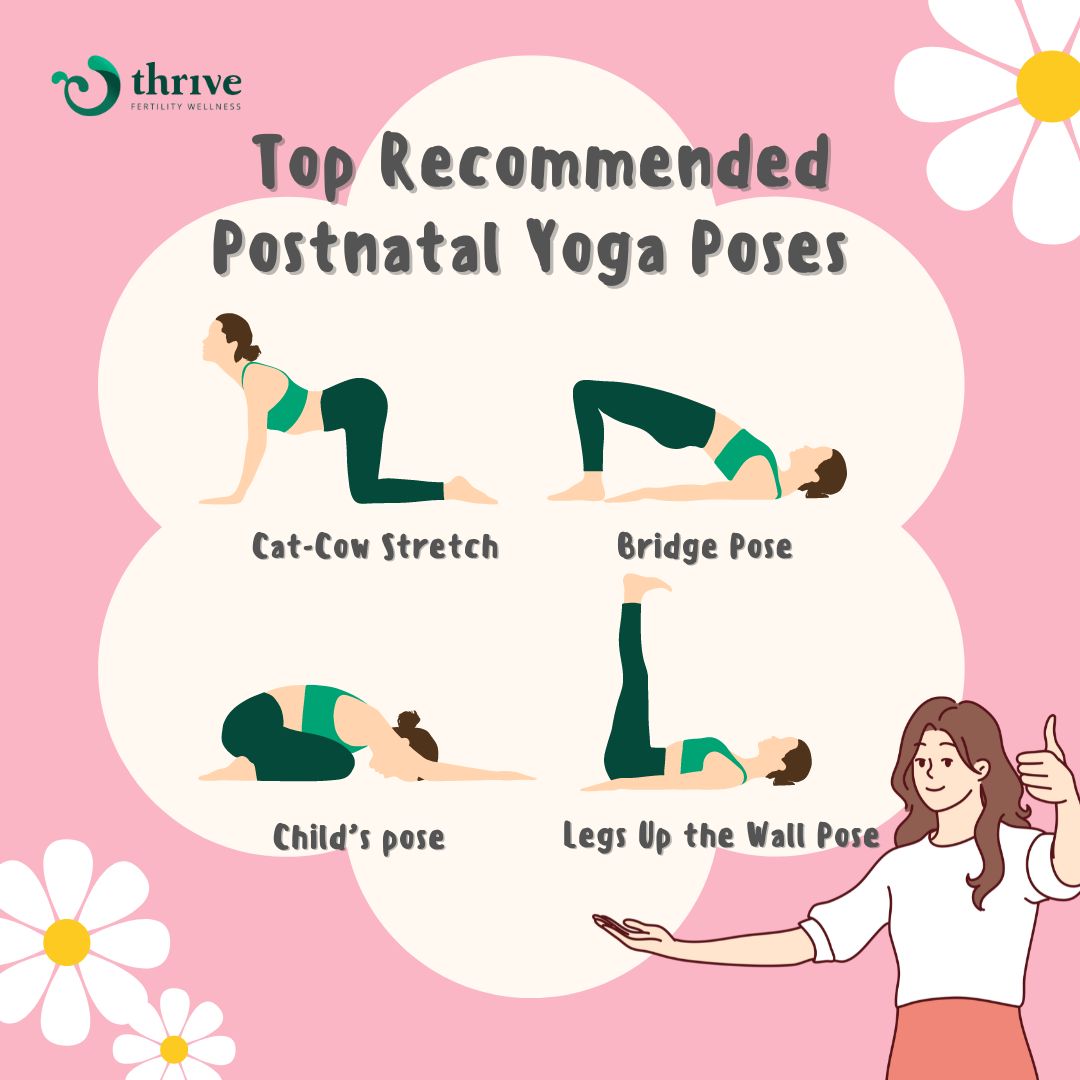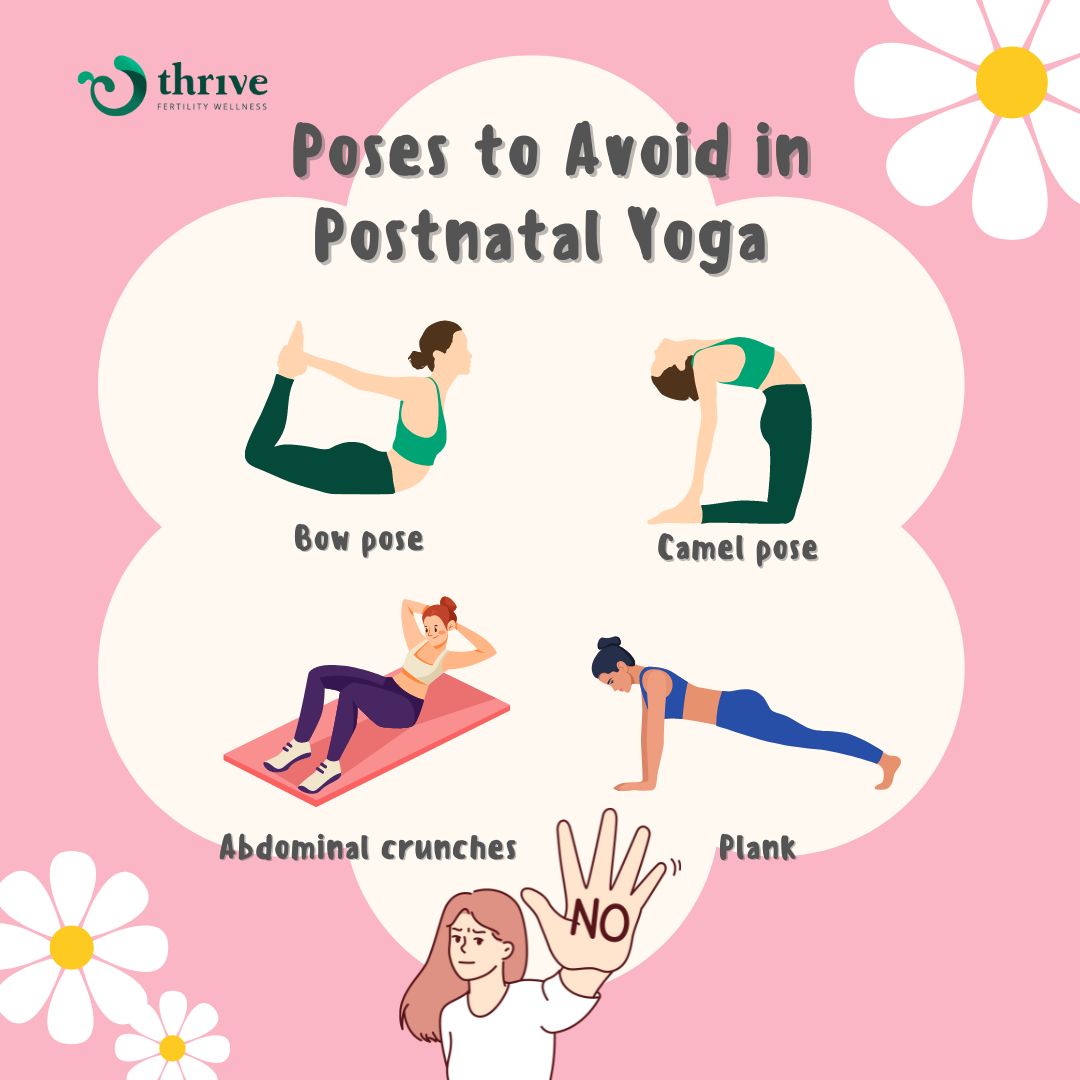Postnatal yoga is a specialized form of yoga designed to support new mothers in their recovery after pregnancy and childbirth and in coping with enormous emotional and hormonal shifts. It involves exploratory/ graded and optimized exercises, poses, and breathing techniques that cater to the unique needs of postpartum women.
This practice aims to restore body awareness, alignment and core activation for support of the back; techniques to avoid back pain; release tension in neck and shoulders from feeding, holding, carrying baby and its car seat/ pushchair/ bags/ etc; gradually build core strength from the inside out, for a flattened tummy and support of the back and nudging hormone re-balance for the massive hormones shifts – combatting depression and the adjustment from independent woman to motherhood and a new relationship with partner while promoting overall wellness.
The benefits of practicing postnatal yoga
Engaging in postnatal yoga offers numerous advantages for new mothers. Physically, it aids in the body’s recovery by releasing and strengthening the pelvic floor, restoring diastasis recti, rebuilding core muscles, and reducing postpartum discomfort in the neck, shoulders and back. Mentally, postnatal yoga can help alleviate stress, anxiety, and postpartum depression. Additionally, it fosters a deeper bond with the baby and partner through heart opening, grounding and centring. We also practice relaxation, restorative poses, affirmations and breathing techniques to cope with fatigue and the energy required to breastfeed and manage sleep disruption.
Postnatal yoga poses for recovery and strength: top recommended postnatal yoga poses.

- Cat-Cow stretch (Marjaryasana-Bitilasana): This pose dynamically explores the spine in forward and back bends and helps gently stretch and strengthen the spine, relieving tension in the back and neck muscles.
- Bridge Pose (Setu Bandhasana): First, Practice dynamically, exploring the pelvic tilt and the beautiful massage along the spine. This posture, when held, strengthens the lower back and glutes and helps to tone the abdominal muscles.
- Legs up the wall pose (Viparita Karani): A restorative pose that promotes relaxation, reduces swelling in the legs, helps alleviate lower back pain, and encourages diaphragmatic breathing to stimulate the vagus nerve and parasympathetic nervous system—for better digestion, immune system, and reproductive health.
- Happy baby pose (Ananda Balasana): It opens the hips and releases tension in the lower back while providing a playful bonding moment with the baby.
- Pelvic floor awareness building/ toning and relaxing: – this is going to improve week by week with daily practice – a key to your core stability/pain in the spine and pelvis, your bladder control, your/his sex life, vagina health and orgasm.
- Quad strengthening: For improved safe lifting, modify chair poses (utikatasana), warrior poses (virabhadrasana), and horse stance (vatayanasana).
- Shoulder and neck dynamic movements and rolls: Release tension and invite the breath to the diaphragm.
- Energizing and calming breathing techniques (pranayama): – Alternate nostril breathing (anuloma viloma), sun breath, moon breath, bumble bee breath (brhamari), chanting of woo–healing sound for chest area
Poses to avoid in postnatal yoga
Usually, postnatal yoga classes only start after the 6-week gynaecological checkup. Yoga teachers need reassurance that any scarring is healed, the uterus and ovaries are aligned correctly, and the pelvic floor functions correctly. However, we encourage you to add a physiotherapist to your support team. They will assess your pelvic floor recovery and assist with back/ pelvic girdle pain. From day one, after childbirth, they can give you appropriate simple movements and exercises.
A postnatal yoga student needs a nurturing, safe place to explore and rebuild their needs. Each month, they change and cover up to one year – postures need to be graded from easy to intermediate and advanced. Each student has a recovery path and specific needs at any one time.
There can be damage from the nine months of pregnancy – back pain, pelvic girdle pain, posture misalignment, varicose veins, pelvic floor weakening/ nerve damage, weak core muscles or diastasis rectii. There can be damage from childbirth resulting in back pain, pelvic girdle pain, pelvic floor damage, caesarean section scarring internally and externally, emotional damage and trauma.
The hormone roller-coaster post childbirth can be extreme for some women (1:10 in the UK ) who experience clinical postnatal depression, with the potential for psychosis, hearing voices, and desires to damage the baby or self). For most women, there is a period of anxiety, poor self-worth, insecurity, depression, fatigue and a partner who is trying their best but is also struggling.

There are repercussions from two hourly feeds in the early months and possibly beyond—from the energy to make breast milk, the settling into breastfeeding with nursing positions/ breast shields/ nipple pain and cracking/ routines, wind release for baby, crying baby and holding, sleep disruption, and tension building up in shoulders and neck.
Rebuilding prana/ qi/vitality is vital to postnatal practice, and breathing techniques are essential here.
Deep twists example poses – twisted triangle (Parivrtta trikonasana), twisted side angle (Parivrtta konasana), noose (passing) and all binding twists, these poses can strain the healing abdominal muscles and should be avoided until complete recovery.
Intense core poses and workouts
example poses – sit-ups, crunches, pushups, double leg raises, double leg circles, plank (phalakasana), side plank (vasisthasana), boat (navasana), headstand (sirsana), all arm balances high-intensity abdominal exercises can hinder the recovery of the pelvic floor and abdominal muscles by focusing on the rectus abdominus/ psoas muscles rather than the deep core stabilizer muscles (pelvic floor, transverse abdominus, diaphragm and multifidus). With the potential to damage the back, cause prolapse of the uterus and damage to the pelvic floor. in core workouts, use your neck as your ‘canary in the cage” – if you are doing too much – your neck will “speak first” – feeling tight or achy.
Strong/ deep backbends example poses – camel (ustrasana), up-dog (urdhva mukha svanasana), pigeon (eka pada rajakapotasana), wheel (urdhva dhanursasana), locust shalabhasana), bow (dhanurasana), supine hero (supta virasana).
Deep backbends can put undue pressure on the lower back, further separating diastasis recti, and should be practised with extreme caution.

Common mistakes and what to avoid in postnatal yoga
- Overexertion and its risks
Pushing the body too hard can lead to injuries and prolonged recovery. Listening to the body’s signals and taking breaks when needed is essential. - Ignoring pain and discomfort
Pain is an indicator that something might be wrong. Ignoring it can result in further complications. Always pay attention to any discomfort and modify poses accordingly. - Misalignment in poses
Incorrect alignment can cause strain and injury. It is crucial to perform each pose with awareness – noticing the comfort, discomfort, and effort required and allowing each student to adjust appropriately. The yoga teacher will prompt a safe foundation for the pose and intention – and for the student to explore and optimise the pose. Your teacher will give you joint loosening, muscle warming and exploratory movements before a pose – use this time to feel into your body for that class that day and permit yourself to do what feels right. - Setting realistic goals
start with small, achievable goals and gradually increase the intensity of your practice as your body heals and strengthens. Patience and consistency are critical to a successful postnatal yoga journey. - Incorporating relaxation and mindfulness
integrate relaxation techniques such as deep breathing and mindfulness into your practice. These techniques can enhance the overall benefits of yoga by promoting the physical body to heal/rebuild in optimal alignment and mental clarity and by reducing stress.
Learn how to safely and effectively incorporate postnatal yoga into your routine. Understand what to avoid and enjoy the numerous benefits of a well-planned yoga practice for a healthier postnatal journey. A supported, nurtured, calm, and happy mother leads to a relaxed and happy baby.
